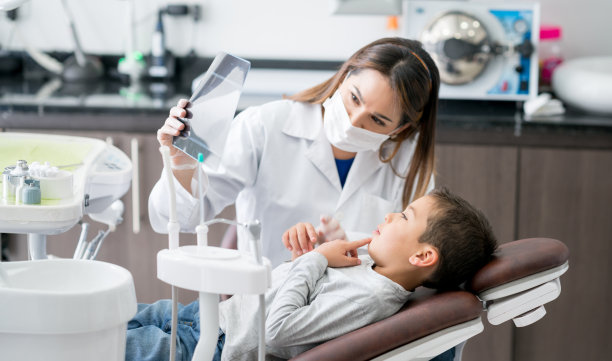The Essential Steps and Care Tips for Extracting a Tooth Safely at Home
Summary: Extracting a tooth at home may seem like a daunting task, but with the right preparation and techniques, it can be done safely. In this article, we will explore essential steps to follow for tooth extraction, including understanding when its necessary to perform the procedure, preparing yourself and your environment, carrying out the extraction process effectively, and ensuring proper aftercare for a smooth recovery. Each section provides detailed guidance and care tips to help you navigate this potentially painful experience while prioritizing safety and hygiene. With careful attention to each step, you can make tooth extraction at home a more manageable task.
1. When to Consider Tooth Extraction at Home

Before undertaking a tooth extraction at home, it’s essential to first evaluate whether its truly necessary. Common reasons for extraction include severe tooth decay, gum disease, or trauma leading to tooth damage. If you are experiencing pain or visible damage to a tooth, a visit to the dentist is usually the best course of action. However, if you are certain that the tooth cannot be saved and must be extracted, home extraction might be an option.
It’s important to note that certain conditions should deter you from attempting an extraction. These include any signs of infection, swelling, or fever associated with the tooth. Furthermore, if the tooth is impacted or broken below the gumline, professional intervention is recommended. Ensuring you are aware of these indicators is crucial for your safety.
Lastly, consult with a dentist if possible, even if you plan to proceed with a home extraction. Gaining a second opinion can provide you with crucial advice and potential alternatives that could save your tooth or at least prepare you better for extraction.
2. Preparation for Safe Tooth Extraction
Once you’ve decided to proceed, preparation is vital. Create a clean working environment: use a well-lit area and gather all necessary tools beforehand. Basic tools should include tweezers, a dental clamp or cotton, antiseptic wipes, and pain relief medication. You may also want to have gauze ready to manage bleeding after the extraction.
Prior to the extraction, familiarize yourself with your anatomy. Identifying the specific tooth you intend to extract can lessen the risk of complications. Use reliable online resources or consult a dental guide to understand the location of the tooth roots and surrounding structures.
Lastly, mental preparation cannot be overlooked. Ensure you are in a calm state of mind. The process can be intimidating, and anxiety may increase perceived pain. Techniques such as deep breathing or visualization can help reduce stress and prepare you for the task ahead.
3. The Extraction Process Explained
The extraction process begins with numbing the area around the tooth using a topical anesthetic, if possible. Once you feel numbness, use the tweezers or dental clamp to firmly grip the tooth. Wiggling the tooth gently back and forth may help loosen it before pulling. However, be careful not to use excessive force, as this could lead to breakage or damage to surrounding teeth.
If you encounter resistance, it might be wise to pause and assess the situation. Tampering further could lead to complications. Instead, take a break and relax; sometimes, it’s better to allow the surrounding tissues to soften before attempting again.
Once the tooth is extracted, immediately apply gentle pressure using gauze to minimize bleeding. Keep the gauze in place for about 30 minutes to ensure the area begins to clot effectively. After the bleeding has lessened, you can replace the gauze or discontinue if bleeding has stopped completely.
4. Aftercare for Optimal Healing
After a successful extraction, aftercare will play a crucial role in your recovery. To start, avoid vigorous rinsing or spitting for at least 24 hours, as this could dislodge the blood clot that is essential for healing. Instead, if you need to clean your mouth, do so gently with warm salt water.
Pain management is also important. Over-the-counter medications such as ibuprofen can help alleviate discomfort, but always follow recommended dosages. If pain persists or worsens, consider seeking professional help.
Food choices can also affect your recovery. Stick to soft foods and avoid hot, spicy, or crunchy options that can irritate the extraction site. Hydration is crucial, but remember to avoid using straws for the first few days as the suction can disturb the healing process.
Summary:
In summary, extracting a tooth at home requires caution and preparedness. By understanding when home extraction is appropriate, ensuring you prepare adequately, following proper procedures, and prioritizing aftercare, you can mitigate risks associated with this procedure. Always seek professional advice if youre unsure, as the health of your teeth is paramount.
This article is compiled by Vickong Dental and the content is for reference only.



